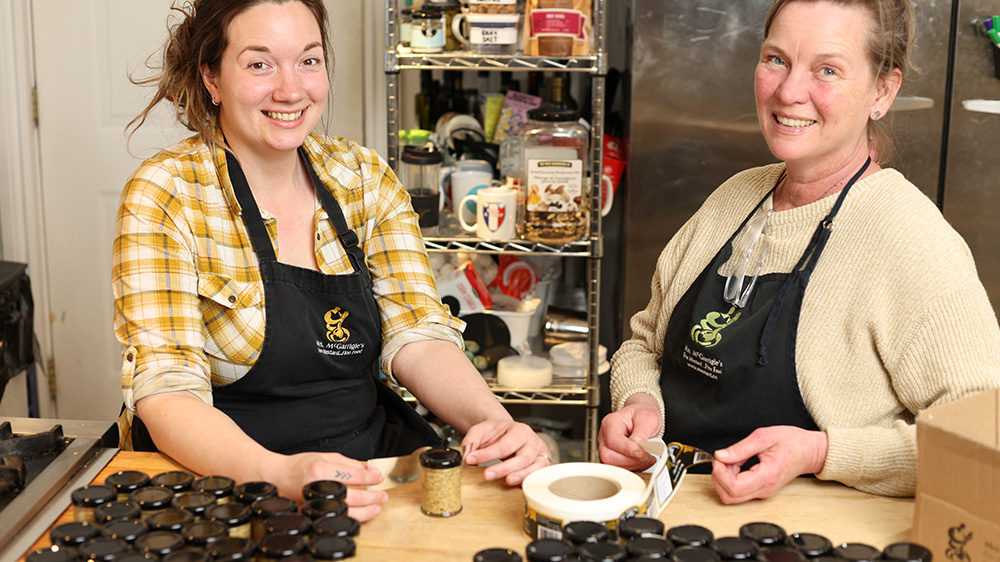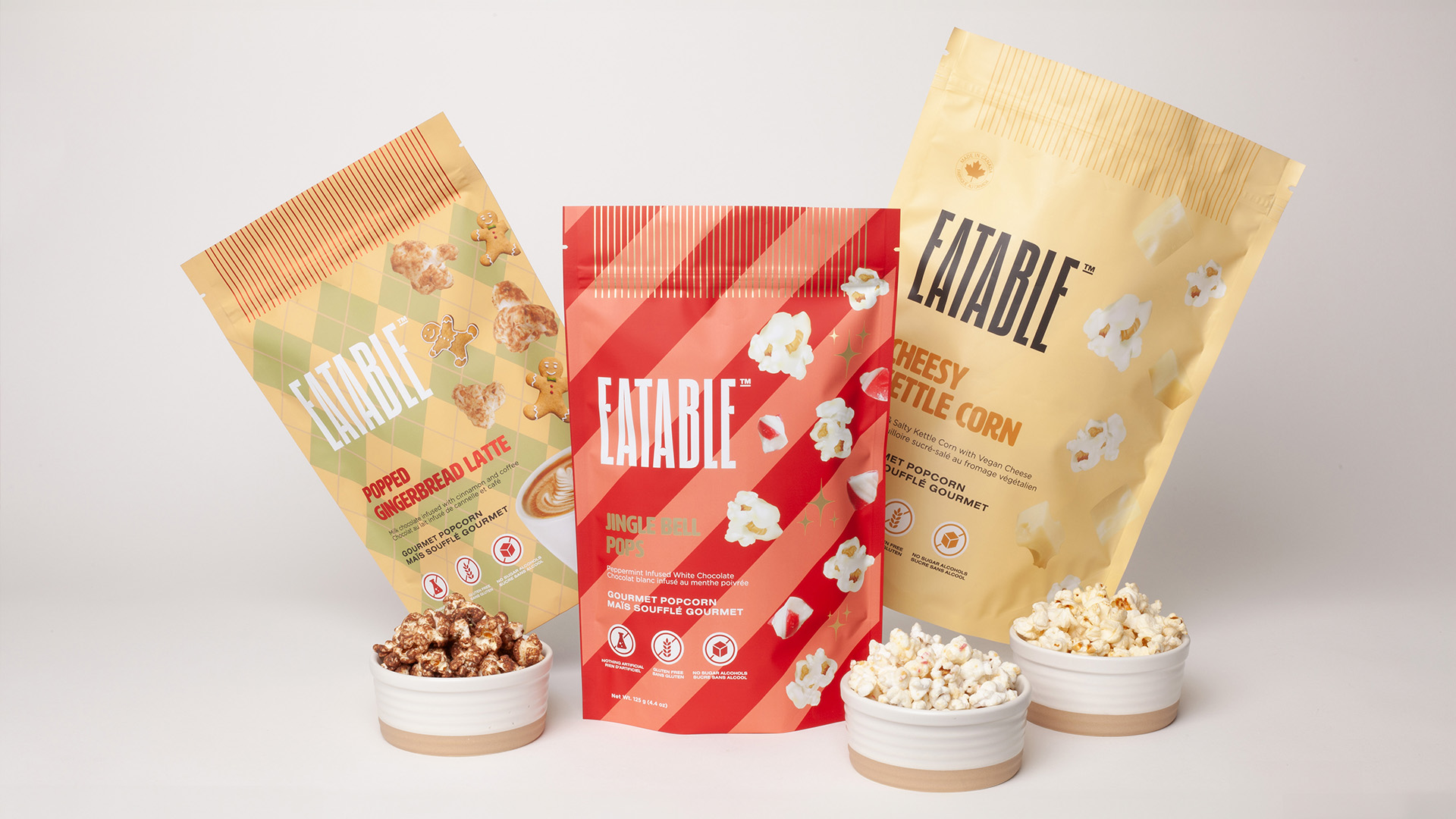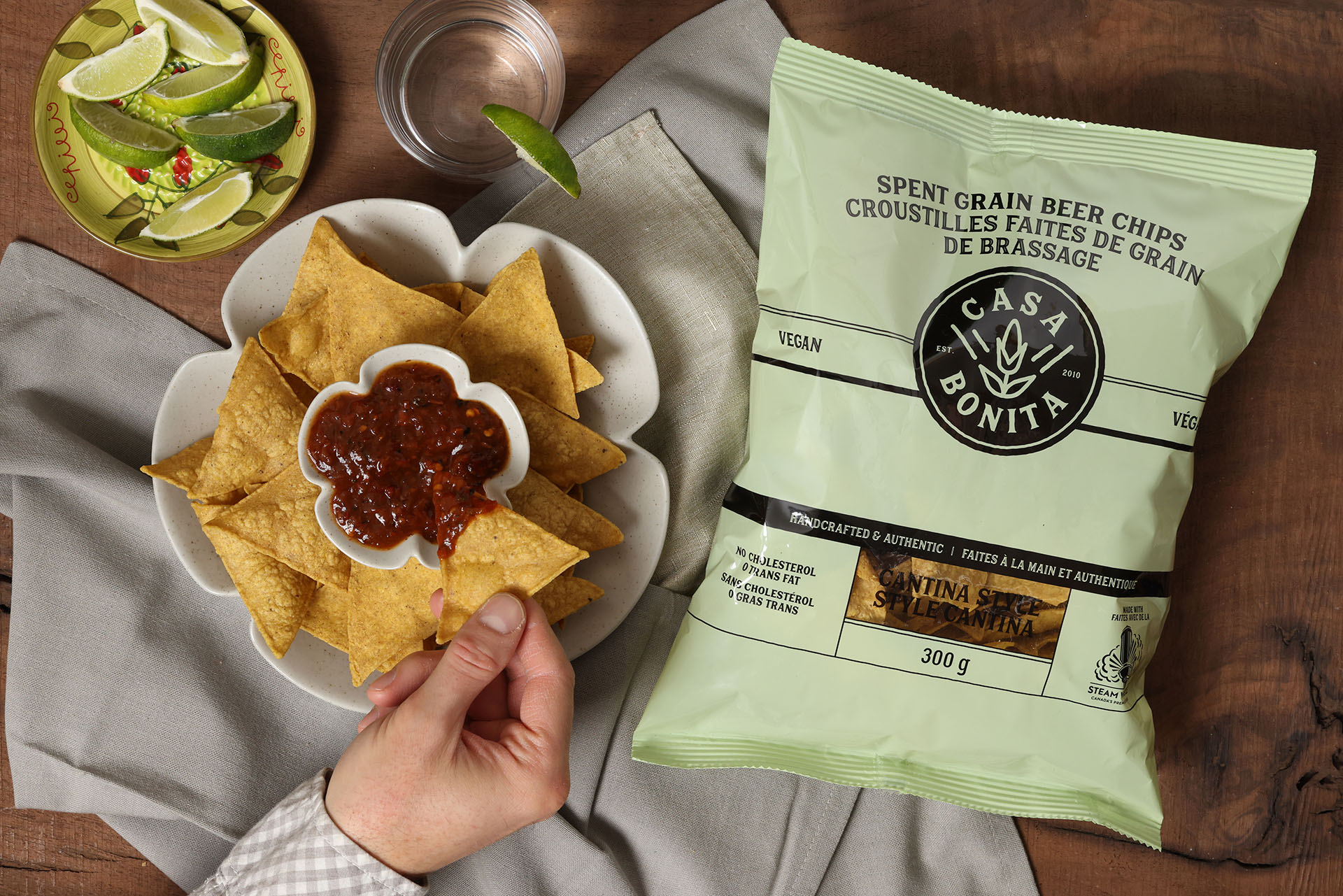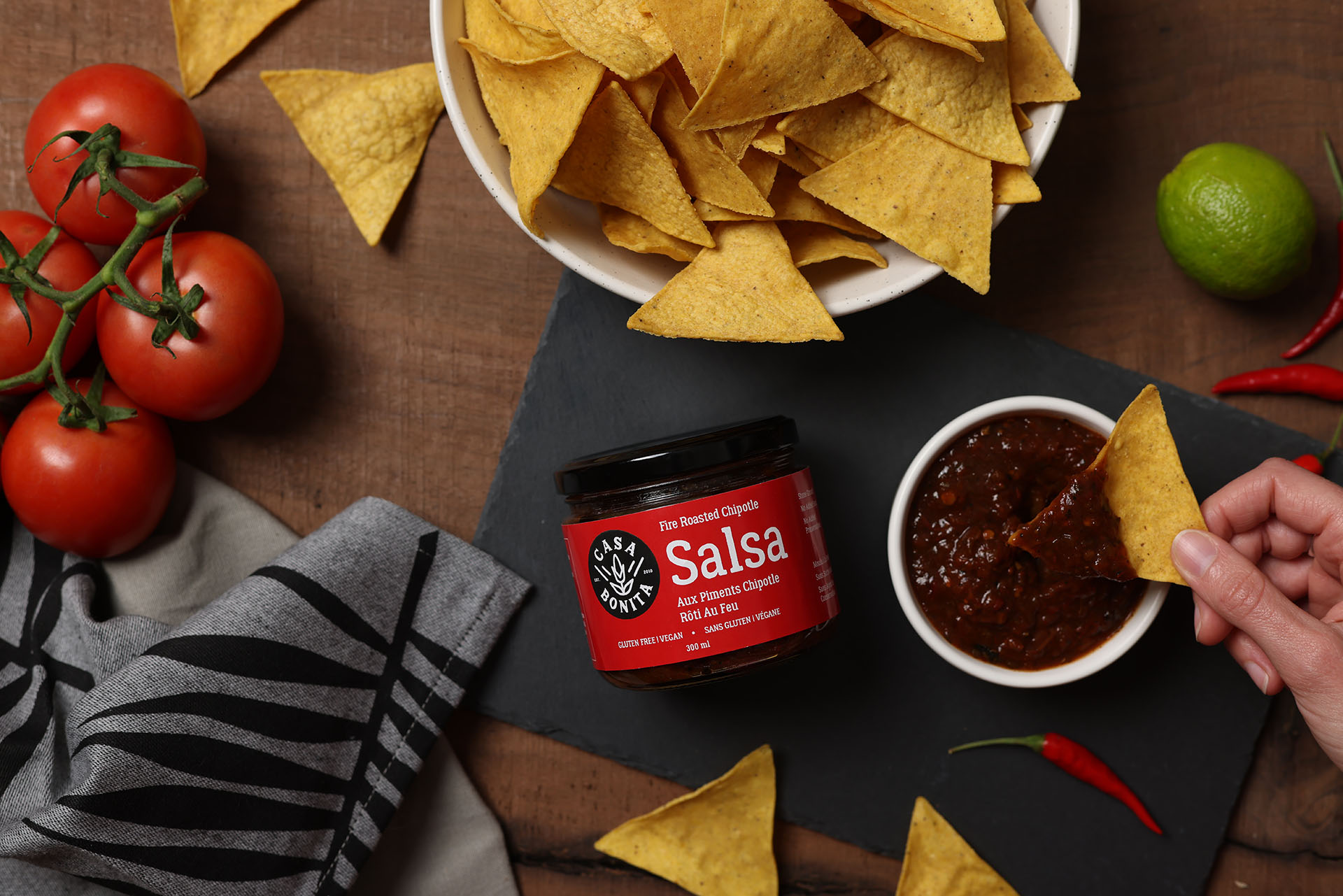Starting a food brand from scratch is an exciting yet challenging endeavor that requires careful planning, creativity, and dedication. At NOVO MxC, we specialize in helping food and beverage brands navigate this complex journey, providing expert guidance and services to bring your vision to life. Here’s a step-by-step guide to starting a food brand, from identifying market gaps to getting your products on store shelves.
Step 1: Conduct Market Research
Market research is the foundation of any successful food brand. It involves understanding your target audience, identifying trends, and analyzing competitors. This step will help you uncover opportunities and shape your product offerings.
- Identify Your Target Audience: Who are your potential customers? Consider demographics, preferences, and pain points.
- Analyze Market Trends: What are the current and emerging trends in the food industry? Look for gaps and unmet needs.
- Study Competitors: What are other brands offering? Analyze their strengths, weaknesses, pricing, and marketing strategies.
Step 2: Identify Market Gaps
Once you’ve conducted thorough market research, it’s time to identify market gaps – areas where consumer needs are not being met. This step is crucial for positioning your brand uniquely in the market.
- Unmet Needs: Look for areas where existing products fall short. This could be in terms of flavor, nutritional content, convenience, or ethical considerations.
- Innovation Opportunities: Consider how you can innovate within a product category. This could involve new ingredients, unique flavors, or sustainable packaging.
Step 3: Product / Recipe Development
Developing a unique and high-quality product is the heart of your food brand. This process involves creating recipes, sourcing ingredients, and ensuring your product meets all safety and regulatory standards.
- Recipe Creation: Experiment with different recipes to create a product that stands out. Consider hiring a food scientist or chef if needed.
- Ingredient Sourcing: Source high-quality, sustainable ingredients that align with your brand values.
- Testing and Refinement: Conduct taste tests and gather feedback to refine your product.
Step 4: Scaling Production
Scaling production from small batches to larger quantities is a critical step. This involves finding the right production facilities and ensuring consistent quality.
- Find a Manufacturer: Look for a co-packer or manufacturing facility that can handle your production needs.
- Quality Control: Implement strict quality control measures to maintain product consistency.
- Cost Management: Monitor production costs and find ways to optimize efficiency.
Step 5: Packaging Design
Packaging is a key element of your brand’s identity and plays a significant role in attracting consumers. It should be both functional and visually appealing.
- Design: Create a packaging design that reflects your brand’s personality and values. Consider working with a professional designer for this step.
- Labeling: Ensure your packaging meets all regulatory requirements for labeling and nutritional information.
- Sustainability: Opt for eco-friendly packaging materials to appeal to environmentally conscious consumers.
Step 6: Website Design
A strong online presence is essential for building brand awareness and reaching potential customers. Your website should be user-friendly, informative, and visually appealing.
- Brand Story: Share your brand’s story, mission, and values to connect with consumers.
- Product Information: Provide detailed information about your products, including ingredients, nutritional benefits, and usage tips.
- E-commerce: Set up an online store to sell your products directly to consumers.
- SEO Optimization: Optimize your website for search engines to attract organic traffic.
Step 7: Marketing and Promotion
Effective marketing is crucial for getting your products noticed and building a loyal customer base. This involves both online and offline strategies.
- Social Media Marketing: Use platforms like Instagram, Facebook, and TikTok to engage with your audience and showcase your products.
- Content Marketing: Create valuable content such as blog posts, recipes, and videos to educate and inspire your audience.
- Email Marketing: Build an email list and send regular newsletters to keep your audience informed and engaged.
- In-Store Promotions: Work with retailers to create in-store promotions and sampling events.
Step 8: Getting Your Products on Store Shelves
Finally, getting your products on store shelves requires building relationships with retailers and distributors.
- Retailer Outreach: Reach out to local and national retailers to pitch your products. Be prepared with samples and marketing materials.
- Distribution: Find a reliable distributor to help get your products into stores.
- Sales Strategy: Develop a sales strategy that includes pricing, promotions, and merchandising.
Conclusion
Starting a food brand from scratch is a multifaceted process that requires careful planning and execution. At NOVO MxC, we offer a comprehensive range of services, including branding, packaging design, website design, food photography, video production, and animation, to help you succeed at every stage of this journey.Ready to turn your food brand vision into reality? Visit our homepage to learn more about our services and see samples of our work. Let’s create something delicious together!




